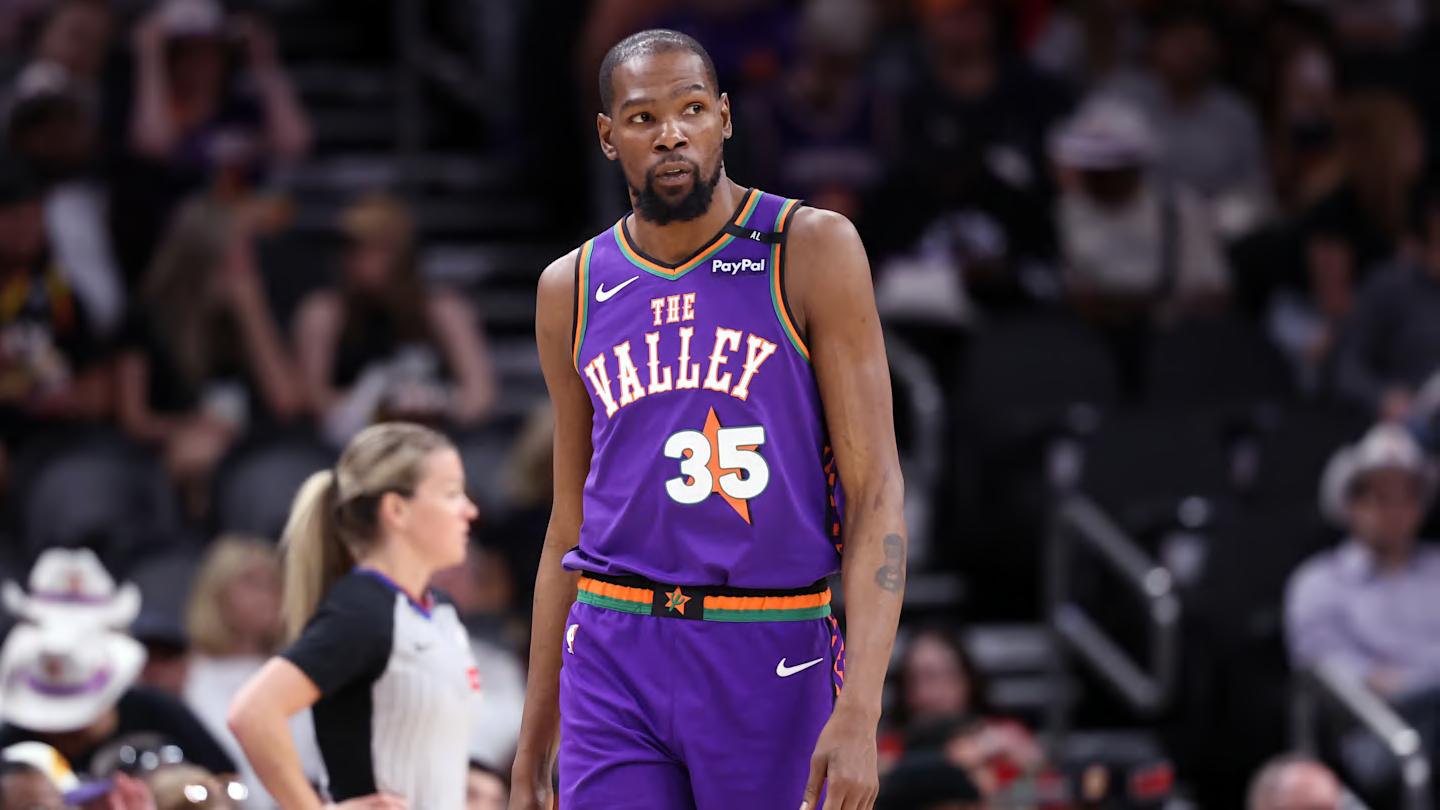How Gold Became Valuable, And If It's Still a Good Investment
Gold has had an enticing allure for most of human history. When someone has an exceptional moral character, they have a heart of gold. When an athlete wins first place in their sport at the Olympics, they win a gold medal. The crowns of kings and queens are made from gold. If you want to show how wealthy you are, you plate everything you own in gold. But, is gold a good investment?
Gold has been a byword for wealth and excellence since neolithic man started working gold into jewelry 6,000 years ago. And in today’s world, you may know at least one person who not only invests in gold, but swears by it as a stable investment. In fact, 85% of professional investors invest in gold or other precious metals, and 1 out of 10 Americans own gold directly. Furthermore, both of those numbers are growing.
Got $1,000 in checking? These smart moves could help you reach your next big savings goal.
In today’s volatile market, it might seem wise to invest in something as solid and reliable as gold. But before you go off on your own gold rush, there’s a few things you need to know about an investment literally worth its weight in gold.
It is a soft metal, meaning it is extremely easy to work with. As such, it was one of the first metals humans fashioned into objects. However, that soft quality means it is effectively useless for anything practical like tools, weapons or armor. Still, because it never rusts or corrodes, it has always been highly valued for making objects of beauty, particularly jewelry like amulets and crowns.
The first gold jewelry was made by the Varna culture in modern-day Bulgaria and is traced back to roughly 4000 BC. Ancient Egypt is famous for their gold work in religious objects like Tutankhamun’s famous death mask, and other civilizations across the Bronze Age soon picked up the practice. However, King Croesus of the Greek kingdom of Lydia was the first in the world to introduce gold as currency, minting history’s first coins in 550 BC.
From there, the practice of using gold as currency spread across Europe, Africa and Asia because of how easy it was to make gold coins. Mansa Musa, King of Mali, was said to be the richest man in history, in large part because of the vast gold mines in his empire. Today, his wealth would be estimated to be worth $400 Billion, still topping modern day luminaries like Elon Musk and Jeffrey Bezos.
The next step — and this is where some more modern day finances comes in — would come from the city of Florence. The Republic of Florence minted gold Florins, and this reliable, steadfast currency allowed the Medici family to establish the first modern bank in the 14th and 15th centuries. The value of a Florin was trusted throughout Europe for its high-quality gold, making it one of the earliest international currencies. The Medici would hold reserves of gold in the branches of their banks, allowing them to establish lines of credits and accounts with some of the most powerful figures in Europe, like the Pope and the Kings of England.
Many people are wondering these days if gold is a good investment. There’s no simple yes or no answer to that, but if you’re looking to start investing or diversify your portfolio, we have some ways you can make easy money for those investments.
| Offer | What You Can Earn | What You Have to Do | Take Action |
|---|---|---|---|
| InboxDollars | $225/month | Complete short surveys | |
| FreeCash | $1,000/month | Simple online tasks | |
| GoBranded | Up to $140/month | Share your honest opinion | |
| Kashkick | $1,000/month | Try out apps | |
| Solitaire Cash | Up to $83 per win | Compete against other players |
After the success of the Medici bank, the crowned heads of Europe began setting up financial reforms on a kingdom-wide scale. In the 17th century, King William III and Queen Mary established the Bank of England, which began collecting reserves of gold to finance the government. Their successor, Queen Anne, established the first financial policy of a Gold Standard. The financial system wherein the value of a currency, like the British Pound or the U.S. Dollar, is tied to the amount of gold the government minting that currency holds.
The Gold Standard became, well, the standard throughout the western world in the 19th century. As a financial policy, it has a few key advantages. Since the value of a currency is tied to the amount of gold a country holds, the currency will rarely suffer any sort of hyperinflation or fluctuation in value. This is why Fort Knox exists, and to this day, the United States still holds the largest reserve of gold in the world, at a staggering 8,133.46 metric tons.
However, the Gold Standard did make countries slow to respond to financial crises, especially related to their stock markets. In response to the Great Depression, the United Kingdom abandoned the Gold Standard in 1931; the United States was actually the last major economy to abandon the Gold Standard, which it did in 1971 under Richard Nixon’s administration in response to recession in the early 70s.
In its place, most modern economies rely on the Fiat System, where a nation’s currency is not backed by gold or any other precious metal, but instead the reputation and credibility of a nation’s government. To this day, the U.S. dollar’s value is based on the “full faith & credit of the United States government.”
So after revisiting a part of world history, you may be wondering how this all comes back to gold as an investment opportunity. The end of the Gold Standard has not rendered gold worthless, however; why else would the United States still sit on a hoard of gold that would make a dragon blush if it wasn’t worth keeping?
Gold’s value has stayed shockingly consistent despite the turmoil the markets have gone through in the past decade, representing a safe investment that won’t suddenly crash and burn because the stock market bursts into flames again. There is also a modern-day renaissance for the usefulness of gold. While it’s still popular for jewelry and ornamentation, gold is very popular in several industrial applications, ranging from electronics, spacecraft components, glass making and even modern medicine.
If you do decide to invest in gold, you will specifically be investing in what is known as bullion, or gold that is regarded as being at least 99.5% pure, and mostly kept in the form of gold bars and official currency. Sadly, opportunities for investing in gold in more exciting forms, such as Spanish doubloons or the gold of El Dorado, are incredibly rare.
That lack of excitement characterizes gold as an investment opportunity well. So, whether or not it’s a “good investment” depends on your definition.
If you’re looking to boost your income this month, we’ve got just the thing for you.
From quick gigs to smart side hustles, check out these 50 easy ways to make a quick buck — there’s something for everyone.
If you’re looking to make money fast or maximize returns, look elsewhere. There is no Gold, Inc. stock opportunity that will rocket off to the moon and multiply in worth hundreds of times over. Gold is a commodity and doesn’t produce anything like investing in a company or other type of economic venture. While market forces will still drive the price up and down, history has shown time and again that gold has staying power. People tend to invest in it more as a way to project their money than make money. Even with the currently volatile market, analysts remain cautiously optimistic about gold.
So, to put this all into a nutshell, if you look for a safe bet to diversify your portfolio and focus on slow, steady, long-term growth, then you’ll be as good as gold.
William Fewox has worked as a freelance writer since 2017, and his work is featured in literary magazines such as The Aquarian, The Navigator and The Historian. He has also self-published a handful of novels.










